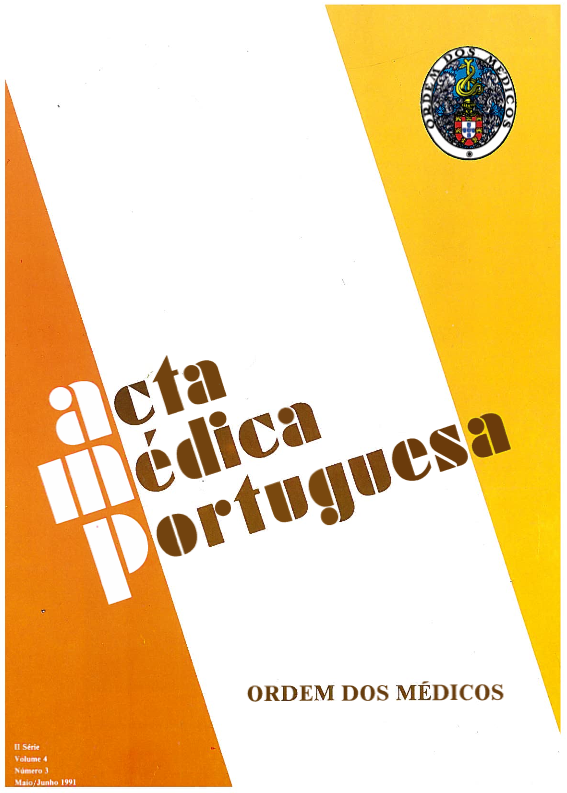Obesity and dyslipidemia. Nature of an association.
DOI:
https://doi.org/10.20344/amp.3346Abstract
Obesity is commonly associated with hyperlipidemia on the basis of clinical and epidemiological studies, but the mechanisms of that relationship are not well understood. To evaluate the contribution of obesity to fasting levels of total cholesterol, high-density lipoprotein cholesterol (HDL-C) and triglycerides (TG), we retrospectively analyzed data of 209 patients (175 women and 34 men) attending our outpatient clinic to lose weight. Hyperlipidemia, namely hypertriglyceridemia and low levels of HDL-C, was more frequent in more advanced grades of obesity. Fifty per cent of men with moderate obesity were found to have hypertriglyceridemia and 41.6% showed low levels of HDL-C. However, the relationship between obesity and hyperlipidemia is confounded by age and is not significant when body mass index (BMI) is correct for age. After this correction, we only found a significant correlation (r = 0.93, p = 0.01) between BMI and hypertriglyceridemia in female patients. We conclude that hyperlipidemia and obesity are associate but their relationship is weak and influenced by age. Also important in this relationship seems to be the distribution of body fat.Downloads
Downloads
How to Cite
Issue
Section
License
All the articles published in the AMP are open access and comply with the requirements of funding agencies or academic institutions. The AMP is governed by the terms of the Creative Commons ‘Attribution – Non-Commercial Use - (CC-BY-NC)’ license, regarding the use by third parties.
It is the author’s responsibility to obtain approval for the reproduction of figures, tables, etc. from other publications.
Upon acceptance of an article for publication, the authors will be asked to complete the ICMJE “Copyright Liability and Copyright Sharing Statement “(http://www.actamedicaportuguesa.com/info/AMP-NormasPublicacao.pdf) and the “Declaration of Potential Conflicts of Interest” (http:// www.icmje.org/conflicts-of-interest). An e-mail will be sent to the corresponding author to acknowledge receipt of the manuscript.
After publication, the authors are authorised to make their articles available in repositories of their institutions of origin, as long as they always mention where they were published and according to the Creative Commons license.









